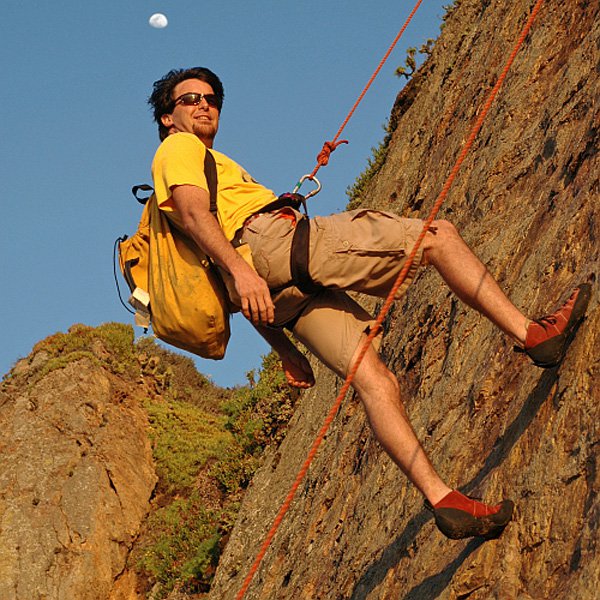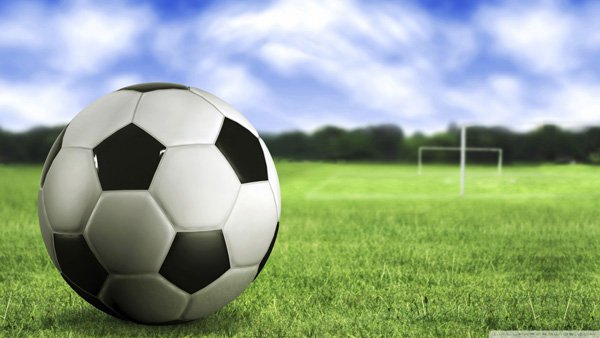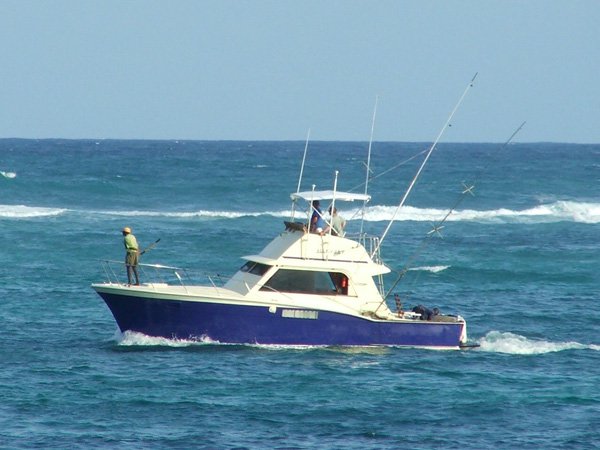Course Management: Proper Club Selection
Developing our golf swing to where we can repeat it on a consistent manner and have a steady ball flight is only the beginning of becoming a fine player. One important element in reaching our potential the ability to manage our game and ourselves during the round of golf. This know as course management. A lot of things are involved in proper course management. Things like how you are feeling that day, what is the current state of your game, the weather conditions and the distances to the particular target you are attempting to hit, just to name a few.
It is the last topic that I would like to discuss today, distances to a particular target. Now we should all have a pretty good understanding of how far each particular club travels for us. An average player might have a 7 iron distance of 150 yards and a 5 iron distance of 175 yards (of course depending on things like age/strength etc). It is essential for you to know your yardages if you are to become a good player. But that is not the end point, but merely the beginning point of figuring out what club to hit for a shot.
In all my years of teaching and playing with amateurs, I've found that very few of them actually know how far a shot is going to play. Let's take an example of something I witnessed while playing with an amateur a few weeks ago. On three consecutive holes, the amateur found himself 150 yards from the green. On the first hole, he hit a nice 7 iron that landed in the center of the green, nice play! On the next hole, he hit a nice 7 iron five yards short of the green and on the third hole, he hit a beautiful 7 iron that airmailed the green. The resulting scores: par, bogie, double bogie. The player was upset. The golf gods were against him. He thought he hit three fine shots the last three holes and he played them three over par. Life's not fair.
I thought he was actually very lucky to have been only three over par. Let me tell you where he went wrong. The first of this three hole scenario, was a par three of 150 yards . The ball was lying on a perfectly level tee, the pin was in the middle, the green was level with us and the wind was as still as could be. Perfect 7 iron situation for this gentleman. He struck it solid and right in the center of the green. Good club selection, good execution.
Next hole, the player hit a nice strong drive and what a coincidence, his ball ended up at the 150 yard marker. The same yardage as his previous approach shot. He takes that same lucky 7 iron, hit it solid and land five yards short of the green, barely clearing a lake that guarded the front of the green. He thought he got robbed, I thought he was unbelievably lucky. What am I seeing that he's not? Let's examine the shot he had. On this approach, things had change drastically from the previous 150 yard seven iron on the par three. He was correct in that he was 150 yards from the green. But the pin was also on the back portion of the green. We need to add ten yards for that. The shot is now 160 yards. The green was elevated quite a bit, adding another 10 yards to what the shot is going to play. It's now a 170 shot. He hadn't noticed but the wind was beginning to pick up and was directly in our face. Add another 5 yards. We are now at 175 shot. And finally, his ball was on a lie that was uphill. When our ball is on this type of lie, the ball flight will be shot up into the air more, gaining trajectory but losing forward distance. So we need to add another 10 yards to the shot. So you see my point. When he thought the shot was playing 150 yards, it was actually playing 185 yards. He was off by at least three clubs and was so lucky his ball didn't end up in the water in front of the green.
Now what happened on the third hole? Very similar to what happened on the second hole but the opposite. Once again, he hit a nice tee shot and finished at the 150 yard marker. Pulled out his 150 club, the 7 iron, and hit a strong shot that airmailed the green and ended up out of bounds. He slammed his club into the ground and ended up with a double bogie. Again, in my opinion, he got what he deserved. So let's figure this one out. Yes, he was 150 yards from the center of the green. But the pin was on the front edge of the green. We need to subtract 10 yards. Now it's a 140 yard shot. We were at the top of a hill, the green was well below us. We need to subtract another 10 yards. Now it's a 130 yard shot. This hole was running in the complete opposite direction as the previous hole. We were now directly down wind. We need to take of another 10 yards. Now it's a 120 yard shot. And finally, his ball was lying on a slightly downhill lie. This is going to shoot the ball on a lower but more forward trajectory. We need to take another 5 yards off. So, on a shot that this amateur thought was playing 150, was actually playing about 110-115. Not a 7 iron but a pitching wedge.
So what's the lesson here? The lesson is that with a shot on the golf course, it is actually very rare to have it play exactly our driving range yardage. We always need to add or subtract yardage based on the pin placement, wind direction, elevation of the green and the lie of the fairway in which our ball is on. The amount of yardage we add or subtract depends on the severity of each of the conditions.
So remember, learn how to figure out what the shot actually plays and then choose your club and not just how far we are from the center of the green. If you learn this you can take your game to the next level and maybe even the level after that.
Remember,
If you control the clubface, then you control the ball!
Dave Wesley
Copyright (c) 2009 Dave Wesley
Preparing For Competition
How To Swing With A Square Clubface?


